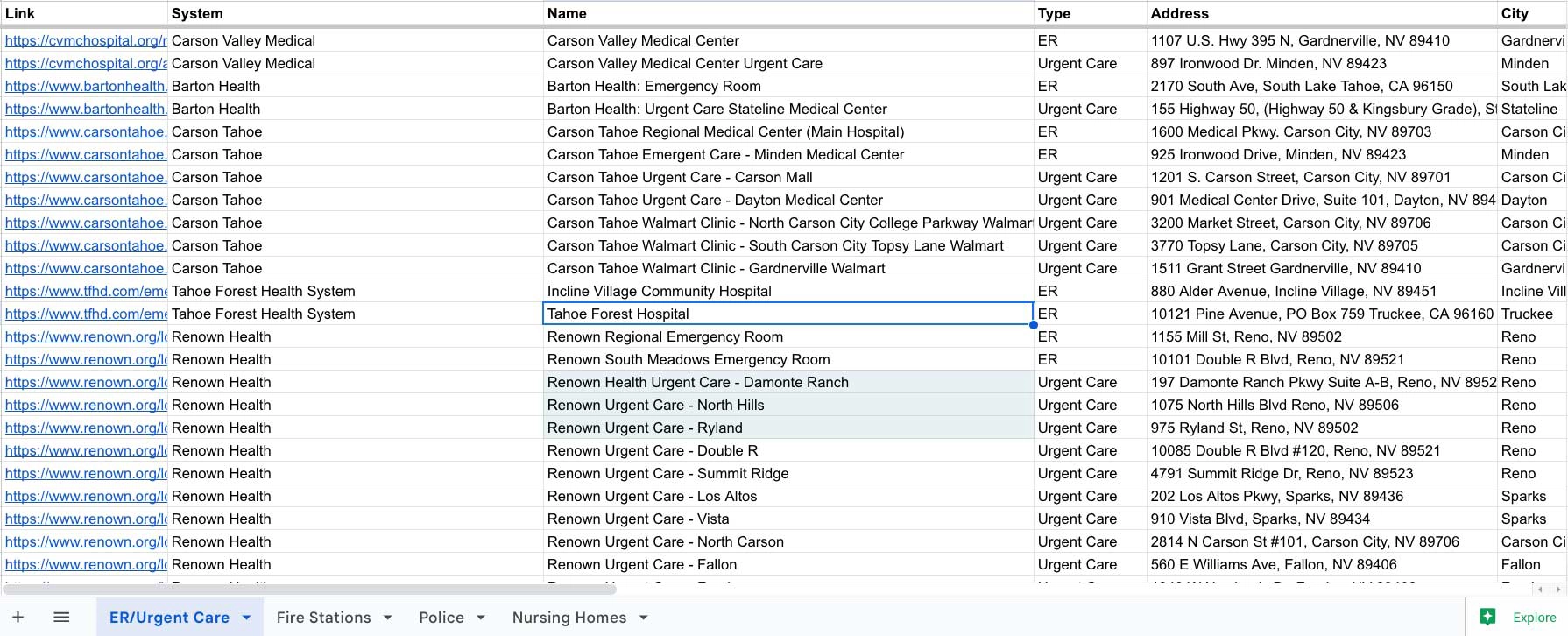Aligned leadership to steer donations during pandemic
Responsibilities:
- Negotiation
- Technical Writing
- Requirements Definition
- Research
- Critical Thinking
Outcomes:
Negotiated a landscape of political and ethical viewpoints to unify a company’s policy for donations during the COVID pandemic.
Who do we donate to?
During the COVID-19 pandemic, I helped coordinate a distillery’s strategic pivot from spirits production to manufacturing hand sanitizer. This involved researching all potential recipients within the region and developing a system with which to evaluate and prioritize them. Balancing the interests of internal stakeholders and external community leaders, we forged apolitical guidelines for distributing 5,000 gallons of hand sanitizer per week to various agencies. In addition, the client’s policies had to follow FDA and WHO guidelines.

Documentation sample
The following is a sample from the document, outlining the need for fact-based decision-making:
Evidence-Based Operations
The plan should acknowledge evolving needs during a disaster while establishing processes. This includes creating project charters that define project managers, stakeholders, and staff to handle new eventualities and communications such as resource and PR strategies.
In addition, procedures should ensure that plans are consistent, but not necessarily identical (e.g., based on the individual vulnerable population’s actual needs); that resource management is coordinated (e.g., valuable resources are not wasted); and that specific attention is given to protecting the interests of at-risk populations (e.g., not only first responders but other critical staff and immigrant/at-risk populations).
Leadership will continue to monitor the situation as best it can, to ensure its processes meet the community’s evolving needs.
…
Summarized Decision-Making Model
We will follow the steps below to operate:
1. Determine the facts: who needs hand sanitizer, how much do they need, where are they located, how will they accept delivery, and when do they need it?
2. Define the ethical issues: who are the stakeholders, and define any ethical issues involved (e.g., conflict of priority, the legality of delivery, physical ability to distribute, the health risk to internal staff, significant economic costs, priority based on bias, large volume request of a scarce resource, etc.)
3. Identify the application of outlined principles: fit within vulnerable populations, transparency related to the request and decision, legal authority to produce, triggers and lines, and within evidence-based operations.
4. Specify alternatives to fulfilling the need: ignoring the request, handing over delivery to another organization, delaying fulfillment, or denying the request.
5. Compare: are the alternatives a clear course of action in the case of imminent harm?
6. Assess the consequences of the proposed decision: positive and negative for alternatives, and positive and negative for applied decision. Including any short-run gain or losses that may conflict with long-run considerations and reveal unanticipated consequences.
7. Make a decision.
8. Monitor the decision. Iterate as needed.

Promotion
In addition to this work, I authored speeches, articles, press releases, and contributed to the coordination of the PR campaign promoting this initiative.
